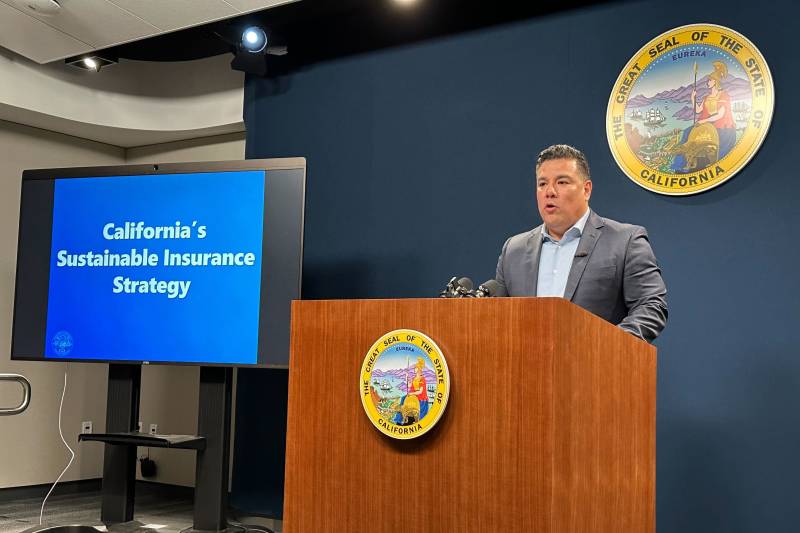Michael Wara, director of the Climate and Energy Policy Program at Stanford told KQED’s Political Breakdown this week that home insurance prices for some consumers will go up modestly with the plan. But, he said, “what will also occur is that insurance will be available to people in a way that it currently is not. So, it’s not a question of ‘is the price higher or lower,’ it’s ‘can you even get insurance?’”
However, the advocacy group Consumer Watchdog issued a letter (PDF) urging the governor not to waive the rules that have prevented price increases.
“A very small percentage of California’s insurance market – 3% – has been forced out of the California market into the FAIR plan,” the group wrote in the letter. It noted that Newsom has said he was one of those homeowners who has been pushed out of the private insurance marketplace.
“While this is unfair to you and others, it does not constitute a statewide emergency that justifies forcing the other 97% of people in the homeowners insurance market to pay more for their insurance,” the letter said. “By signaling a state of emergency, you would be empowering the commissioner to put your 3% above the needs of the 97% — without any guarantees that the 3% would even be offered insurance coverage.”
But state lawmakers in areas like Napa, which is currently under a red flag warning for increased fire risk, celebrated the governor’s move.
“I want to thank the governor and insurance commissioner for stepping up to address California’s insurance crisis,” said state Sen. Bill Dodd (D-Napa). “Because clearly, the status quo is not working. It is critically important that we adopt policies and efficiencies that are going to ensure the availability of insurance. Given that the Legislature is not in session right now, utilizing the commissioner’s regulatory authority makes good sense.”
Denni Ritter, vice president at the American Property Casualty Insurance Association, called California’s 35-year-old regulatory system “outdated, cumbersome and fails to reflect the increasing catastrophic losses consumers and businesses are facing from inflation, climate change, extreme weather and more residents living in wildfire prone areas,” he said in a press statement following Newsom’s order.
“Everyone understands that California’s insurance market is in a spiraling crisis that requires immediate policy solutions to protect consumer access to the coverage they need.”
KQED editor Kevin Stark also contributed to this report.
